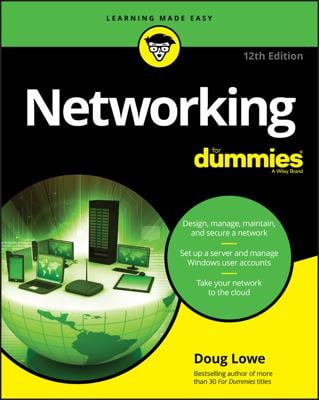All network operating systems (NOS), from the simplest to the most complex, must provide certain core functions. These include the ability to connect to other computers on the network, share files, etc.
Network support
A NOS must support a wide variety of networking protocols in order to meet the needs of its users. That’s because a large network typically consists of a mixture of various versions of Windows, as well as a few scattered Macintosh (mostly in the art department) and possibly some Linux computers. The computers often have distinct protocols.
Many servers have more than one network interface card installed. In that case, the NOS must be able to support multiple network connections. Ideally, the NOS should have the ability to balance the network load among its network interfaces. In addition, in the event that one of the connections fails, the NOS should be able to seamlessly switch to another connection.
Finally, most network operating systems include a built-in ability to function as a router that connects two networks. The NOS router functions should also include firewall features in order to keep unauthorized packets from entering the local network.
File-sharing services
One of the most important functions of a network operating system is its ability to share resources with other network users. The most common resource that’s shared is the server’s file system. A network server must be able to share some or all of its disk space with other users so that those users can treat the server’s disk space as an extension of their own computers' disk spaces.
The NOS allows the system administrator to determine which portions of the server’s file system to share. Although an entire hard drive can be shared, it isn't commonly done. Instead, individual directories or folders are shared. The administrator can control which users are allowed to access each shared folder.
Because file sharing is the reason many network servers exist, network operating systems have more sophisticated disk management features than are found in desktop operating systems. For example, most network operating systems have the ability to manage two or more hard drives as if they were a single drive. In addition, most can create mirrors, which automatically keep backup copies of drives on a second drive.

